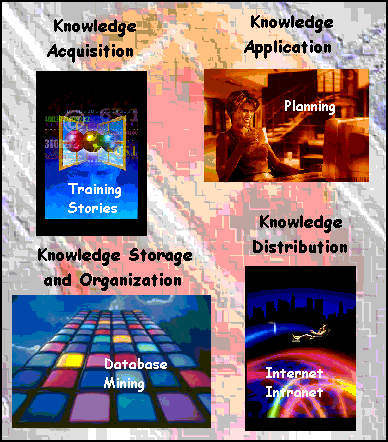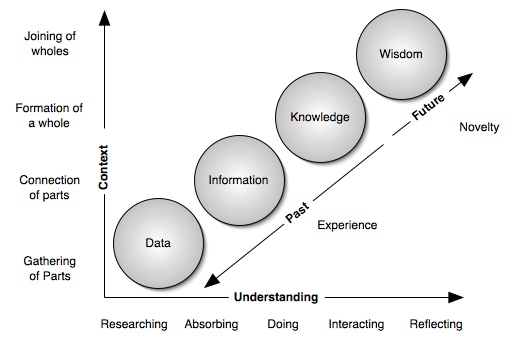Chapter 13 Copyright and Fair use.
Legal Restrictions and Terms and Conditions for Use of Web Site
KFC strives to ensure that the information contained in this web site is accurate and reliable. However, KFC and the World Wide Web (or Web Site Host) are not infallible and errors may sometimes occur. Therefore, to the fullest extent permissible pursuant to applicable law, KFC disclaims any warranty of any kind, whether express or implied, as to any matter whatsoever relating to this web site, including with out limitation the merchantability or fitness for any particular purpose. KFC will not be liable or responsible for any damages or injuries caused by use of this web site (such as viruses, omissions or misstatements). KF may from time to time revise the information, services and the resources contained in this web site and reserves the right to make such changes without any obligation to notify past, current or prospective visitors. In no event shall KFC be liable for any indirect, special, incidental or consequential damages arising out of any use of the information contained herein.
The web site may link to sites not maintained or related to KFC. Hypertext links are provided as a service to users and are not sponsored by or affiliated with this web site or KFC. KFC has not reviewed any of all of the sites hyper-linked to or from this web site and is not responsible for the content of any other sites. The links are to be accessed at the user's own risk and KFC makes no representations or warranties about the content, completeness, or accuracy of these links or the sites hyperlinked to this web site. Further, KFC does not implicitly endorse third-party sites hyperlinked to this web site.
The Site may also contain references to other company, brand and product names. These company, brand and product names are used herein for identification purposes only and may be the trademarks of their respective owners. The images of people or places displayed, forms, structures, and graphics displayed or found within the Site are either the property of, or used with permission by KFC. KFC may be, but is not necessarily sponsored by or affiliated with any of the owners of the other company, brand or product name appearing on the Site, and makes no representations about them, their owners, their products or services.
The graphic images, buttons and text contained in this web site are the exclusive property of KFC and, except for personal use, may not be copied, distributed, or reproduced or transmitted in any form or by any mean, electronic, mechanical, photocopying, recording or otherwise, without the prior written permission of KFC. The content, arrangement and layout of the Site, including, but not limited to, the trademarks, service marks, package designs, text, and content, are proprietary and are protected from copying, imitation, communication, or simulation under domestic and international laws and are not to be reproduced, communicated, displayed, distributed, or transmitted without the express written permission of KFC.
Any unauthorized use of the materials, structure, sequence, arrangement, or design of the Site, or trademakers, service marks, or trade dress found within the Site may violate civil or criminal laws, including, but not limited to, copyright laws, trademark laws, the laws of privacy and publicity, and communications regulations and statutes.
By visiting the Site the User does not acquire or obtain by implication or otherwise, any license or right to use or make additional copies of any materials or information displayed on the Site.
Copyright 2008 KFC Corporation. All rights reserved.
Reference : http://www.kfc.com/legal.asp









